You can contact LEARNZ, part of CORE Education, at:
Postal Address:
PO Box 13 678,
Christchurch 8141,
New Zealand
A volcano is a landform that results from a volcanic eruption.
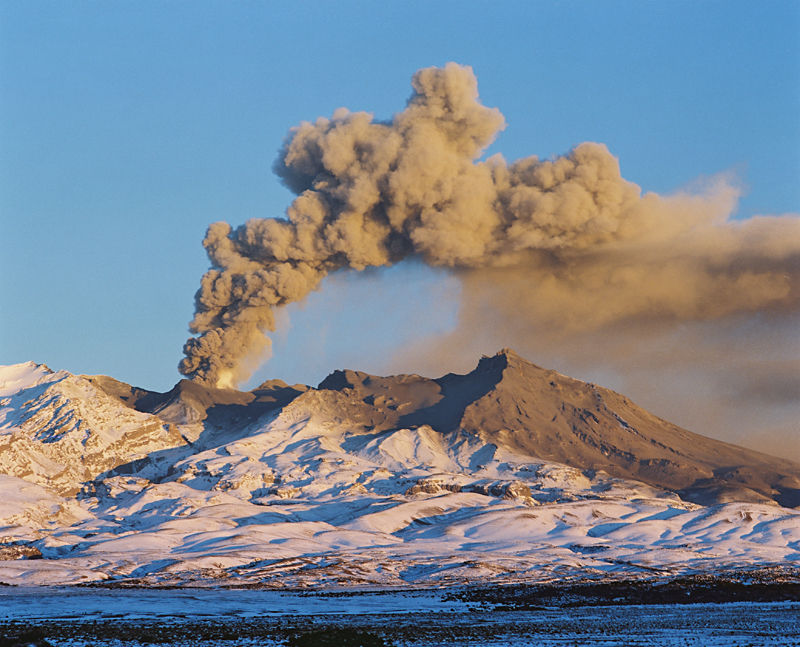
Volcanic unrest is increased activity without a volcanic eruption. Volcanic unrest can cause hazards on or near the volcano. Most volcanic eruptions follow unrest, but not all unrest leads to volcanic eruptions. This makes managing unrest challenging for scientists and civil defence emergency management, and means that you might find unrest unsettling. Unrest can last for days, weeks, months or years.
Volcanic eruptions produce several near and far-reaching hazards. The most widespread and disruptive hazard is usually volcanic ash.
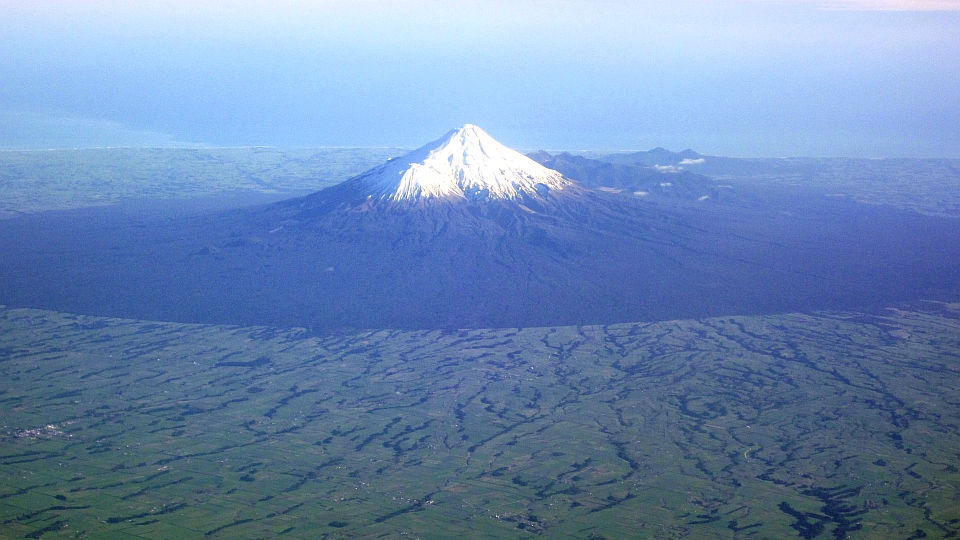
New Zealand is situated on the Ring of Fire, around the Pacific Ocean. This ring contains about 90% of the Earth’s active volcanoes.
There are 11 active volcanic areas (above the water) in New Zealand.
Eight volcanic areas are in the North Island.
Three volcanic areas are offshore.
There are many more underwater volcanoes in the Kermadec Volcanic Arc between the North Island and Tonga.
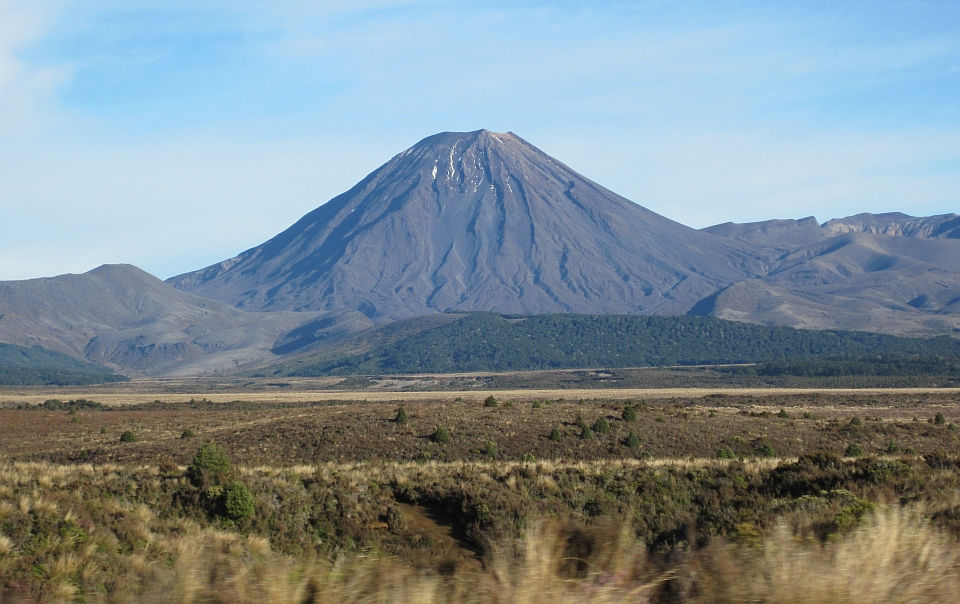
Volcanoes come in different shapes and sizes. There are three main types found in New Zealand:
Learn more about types of volcanoes.
Make and practise your emergency plan with your family, and make sure you and your family each have a grab bag and emergency supplies.
Find out about the volcanic risk in your community. Ask your local Civil Defence Emergency Management Group and find out how they will warn you of a volcanic eruption.
If you are at risk from volcanic ash fall (especially in Auckland, Bay of Plenty, Gisborne, Hawkes Bay, northern Manawatu, Northland, Taranaki and Waikato), ask your family to add the following to your emergency supplies:
You could be stuck in your vehicle, so remind your family to store emergency supplies there too.
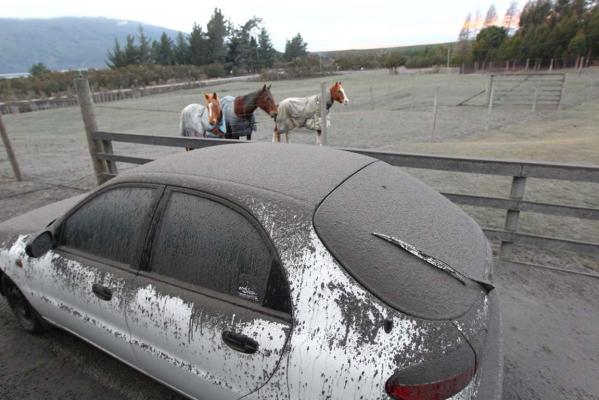
Put your family emergency plan into action. Listen to the radio for updates. Follow instructions of Emergency Services and the National Emergency Management Agency.
Stay indoors as volcanic ash is a health hazard, especially if you have respiratory difficulties such as asthma or bronchitis.
Help keep pets indoors.
Close all windows and doors and shut down heat pumps to limit the entry of volcanic ash. Help your family set up a single entry point for your house and place damp towels around it to prevent ash being tracked inside.
Ask if you or your parent/caregiver can check on your neighbours and anyone who might need your help.
Stay out of restricted zones.
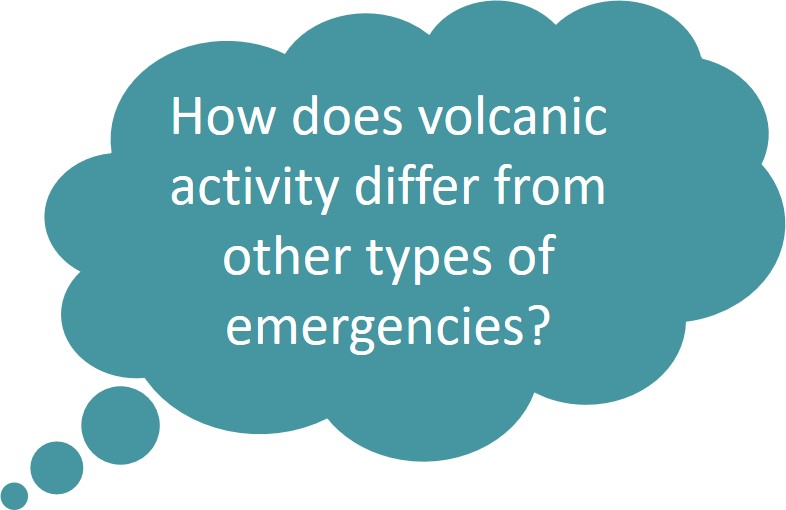
Ready for a quiz? Try the Volcanic Activity interactive activity.
New Zealand volcanoes produce a range of hazards and have different levels of activity. Whakaari / White Island and Ngauruhoe have been the busiest volcanoes in our recorded history, closely followed by Ruapehu. Some of our other volcanoes can have hundreds or even thousands of years between eruptions.
Ash fall is the most likely volcanic hazard for most people in the North Island. Ash can travel a long way, depending on the wind, and can cause health problems for people and animals and damage buildings and cars due to abrasion and its weight.